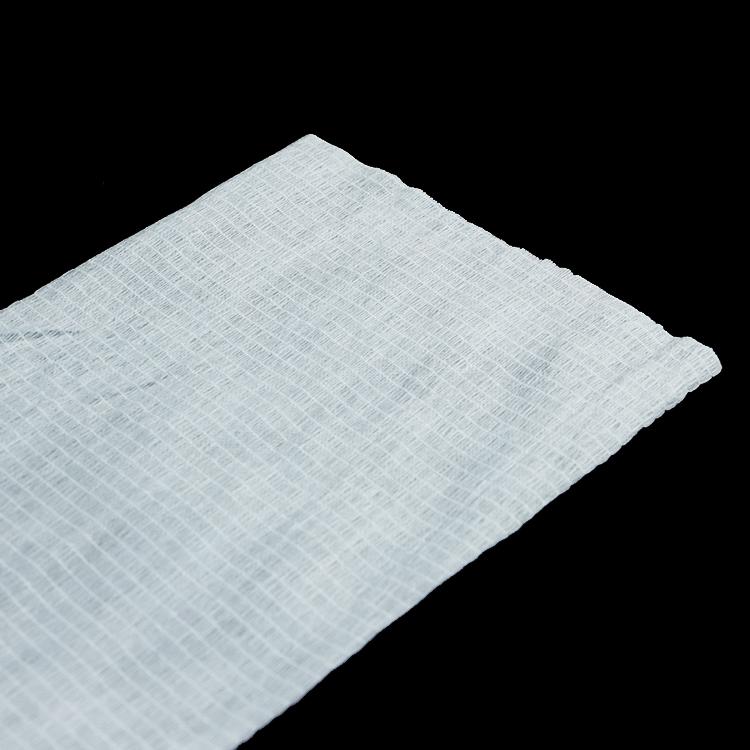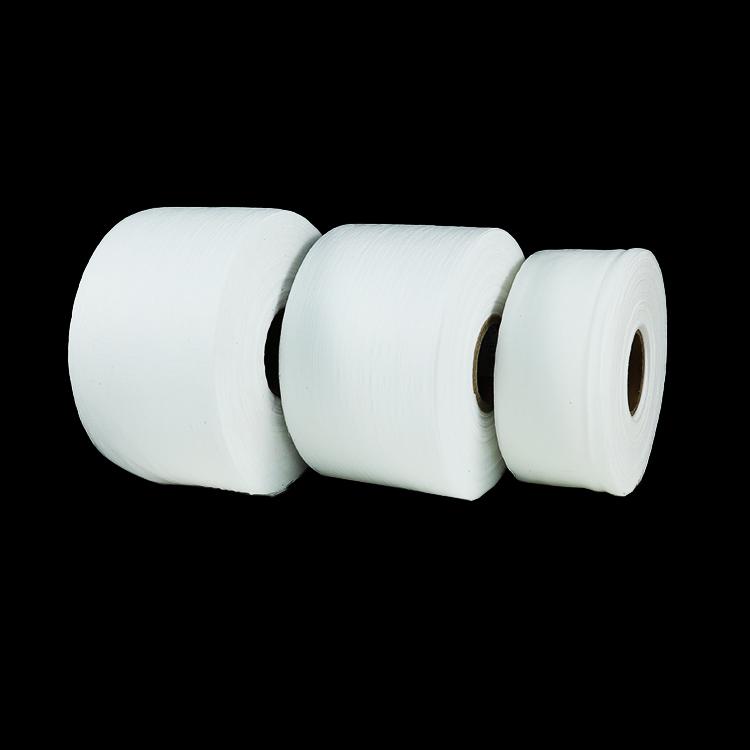Author:Baby & Adult Diaper Materials FROM:Diaper Materials Manufacturer TIME:2023-03-10
Disposable sanitary products, that is, disposable products, its English name is "Disposable Sanitary Products" or "Hygiene Product-ucts", including feminine hygiene products (sanitary napkins, sanitary pads, sanitary tampons, etc.), baby diapers or Baby diapers and adult incontinence products (adult diapers, nursing pads), wipes, etc. Disposable sanitary products came into being with the continuous progress of modern society and the continuous improvement of people's living standards, and it is also the result of mass production technology. Its birth and rapid development have changed the lives of countless old, young, women and children, and influenced the progress of human civilization in the 20th century.

With the development and progress of the times, the living standards of the people are improving day by day, and the awareness of health is constantly increasing. Traditional disposable sanitary products have been difficult to meet people's demand for their functionality and high quality. The replacement and functional upgrade of disposable sanitary non-woven fabrics are research hotspots in this field in recent years. This article briefly introduces non woven raw material.

The main fiber raw material for the production of non-woven fabrics is polypropylene fiber (polypropylene fiber), but it is not the only raw material. Polyester fiber (polyester), polyamide fiber (nylon), polyacrylonitrile fiber (acrylic fiber), viscose fiber, etc. It can be used to produce non-woven fabrics. In addition to the above-mentioned chemical fibers, natural fibers such as cotton, hemp, wool, and silk can also be used to produce non-woven fabrics. Most people often think of non-woven fabrics as chemical fiber products. In fact, it is a misunderstanding of non-woven fabrics. Like the fabrics of clothes we usually wear, non-woven fabrics are also divided into chemical fiber non-woven fabrics and natural fiber non-woven fabrics, but chemical fiber non-woven fabrics are more common. There are many kinds of processes for producing non-woven fabrics, and the processes are also different, but the core process includes fiber web formation and fiber web reinforcement, so it is not interwoven and knitted together by yarns one by one, but will be The fibers are directly bonded together through physical methods, so when you get the finished product, you will find that it is impossible to pull out the thread ends.
This kind of non-woven fabric breaks through the traditional textile principle, and has the characteristics of short process flow, fast production rate, high output, low cost, wide application, and many sources of raw materials. It is a fabric widely used in modern society. .
Understanding non woven raw material will help people further understand this material and benefit the further development of this industry.


 Email: info@whldiapernonwoven.com
Email: info@whldiapernonwoven.com
 MP/WhatsApp: +86-13599937366
MP/WhatsApp: +86-13599937366
 Manufacturer Address:Room 1105B, Bld M1, Manhattan, Yulongwan, Shimao, Shuanglong Road, Meiling Street, Jinjiang, Fujian, China
Manufacturer Address:Room 1105B, Bld M1, Manhattan, Yulongwan, Shimao, Shuanglong Road, Meiling Street, Jinjiang, Fujian, China